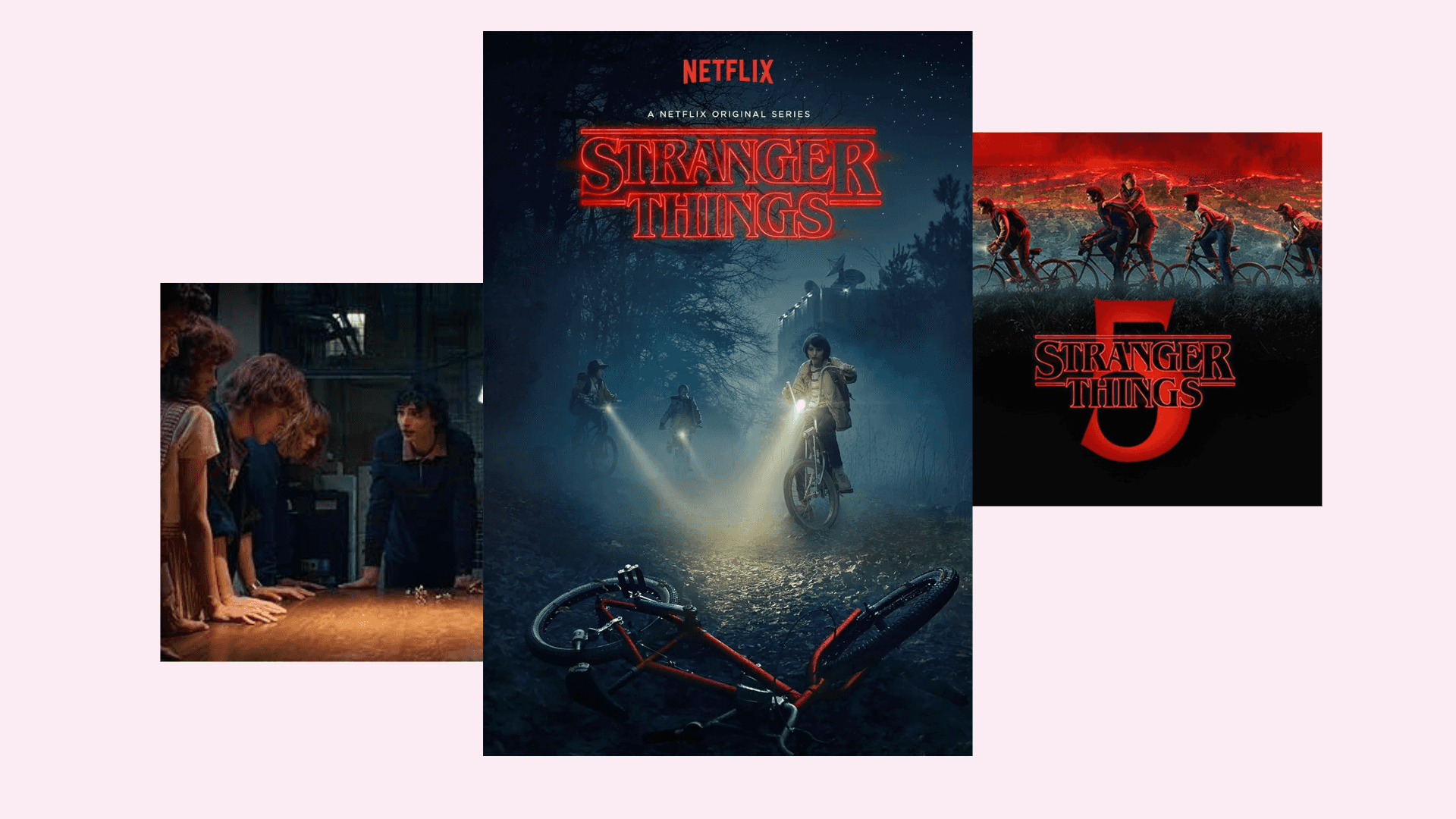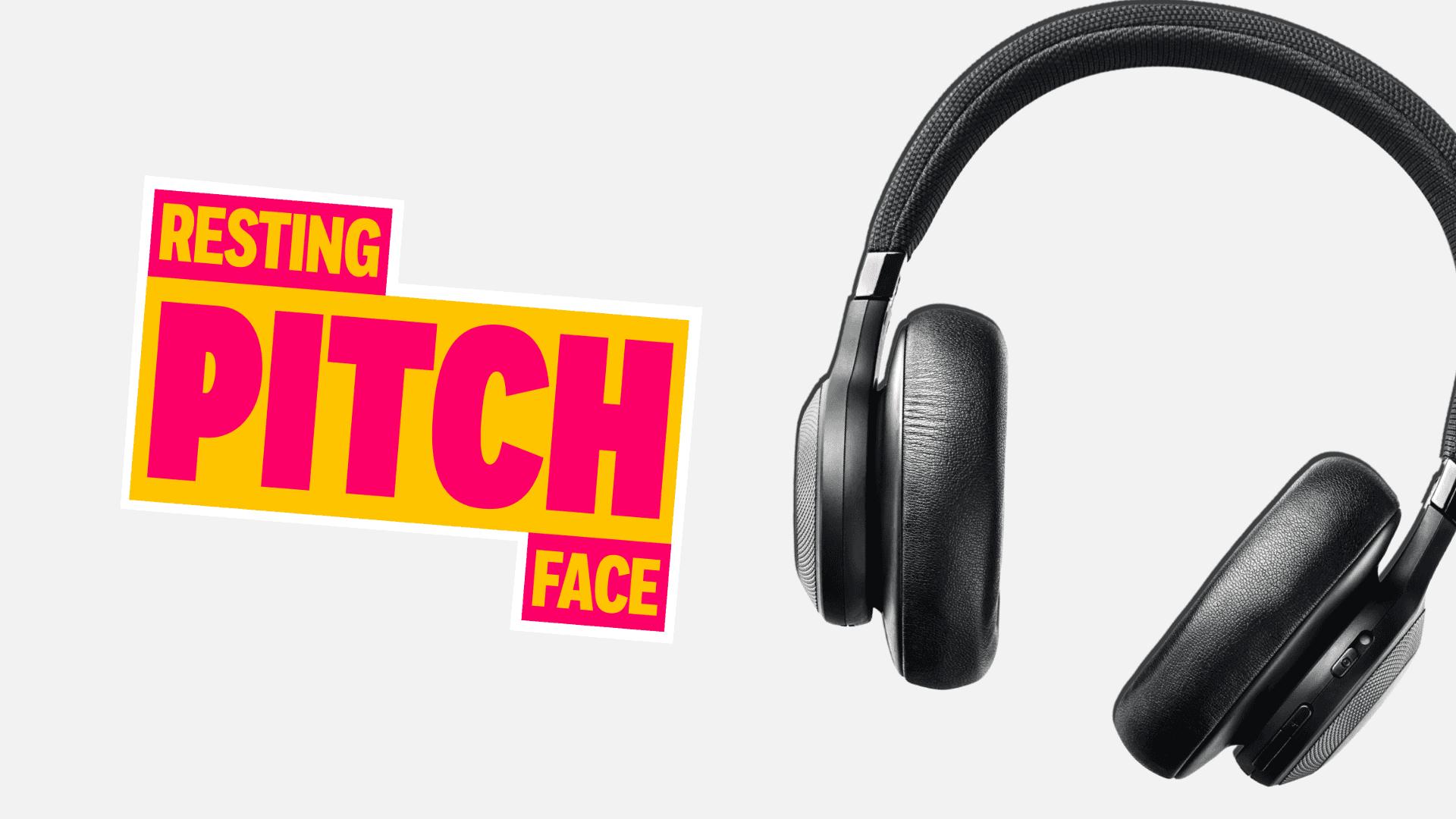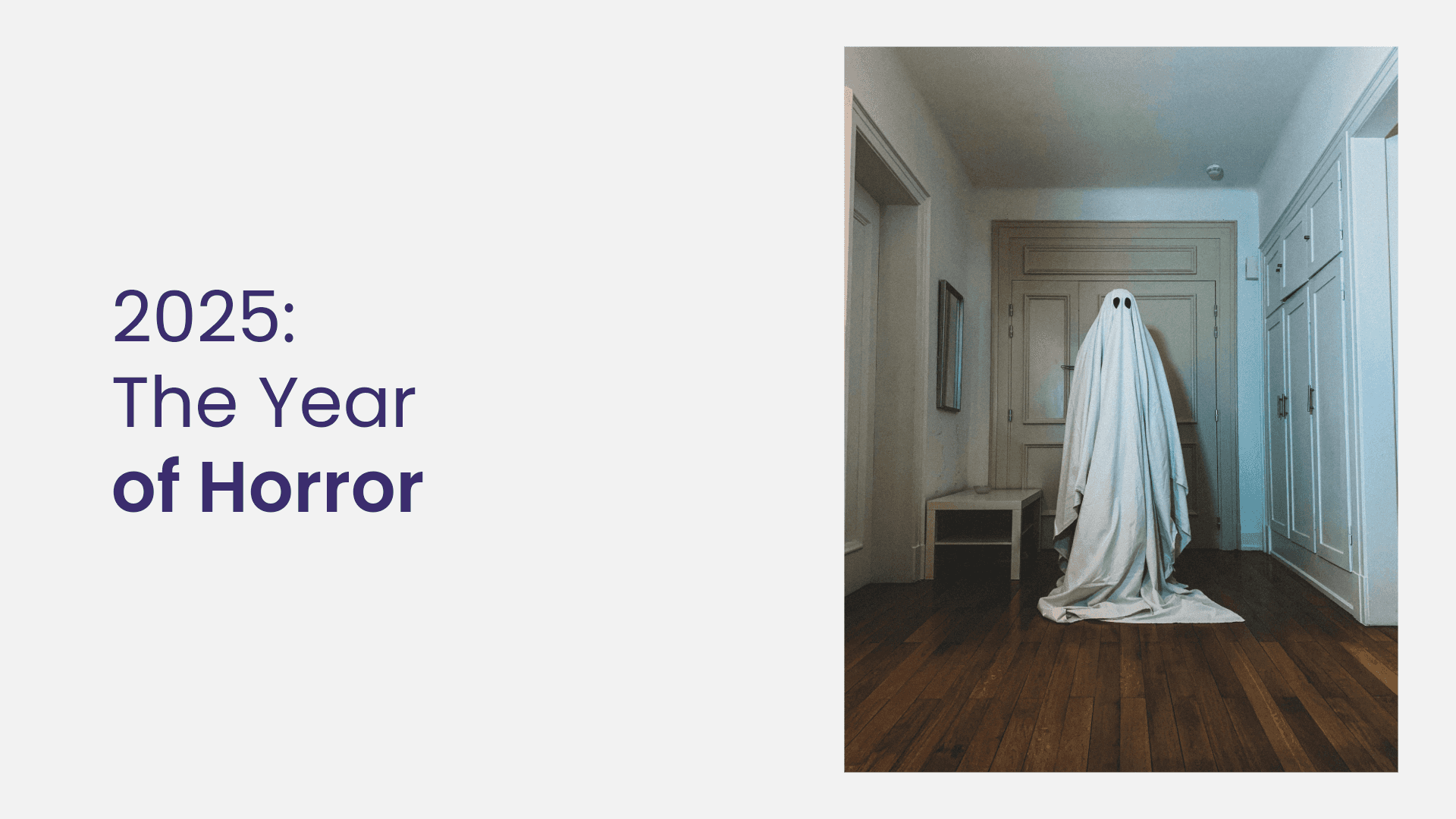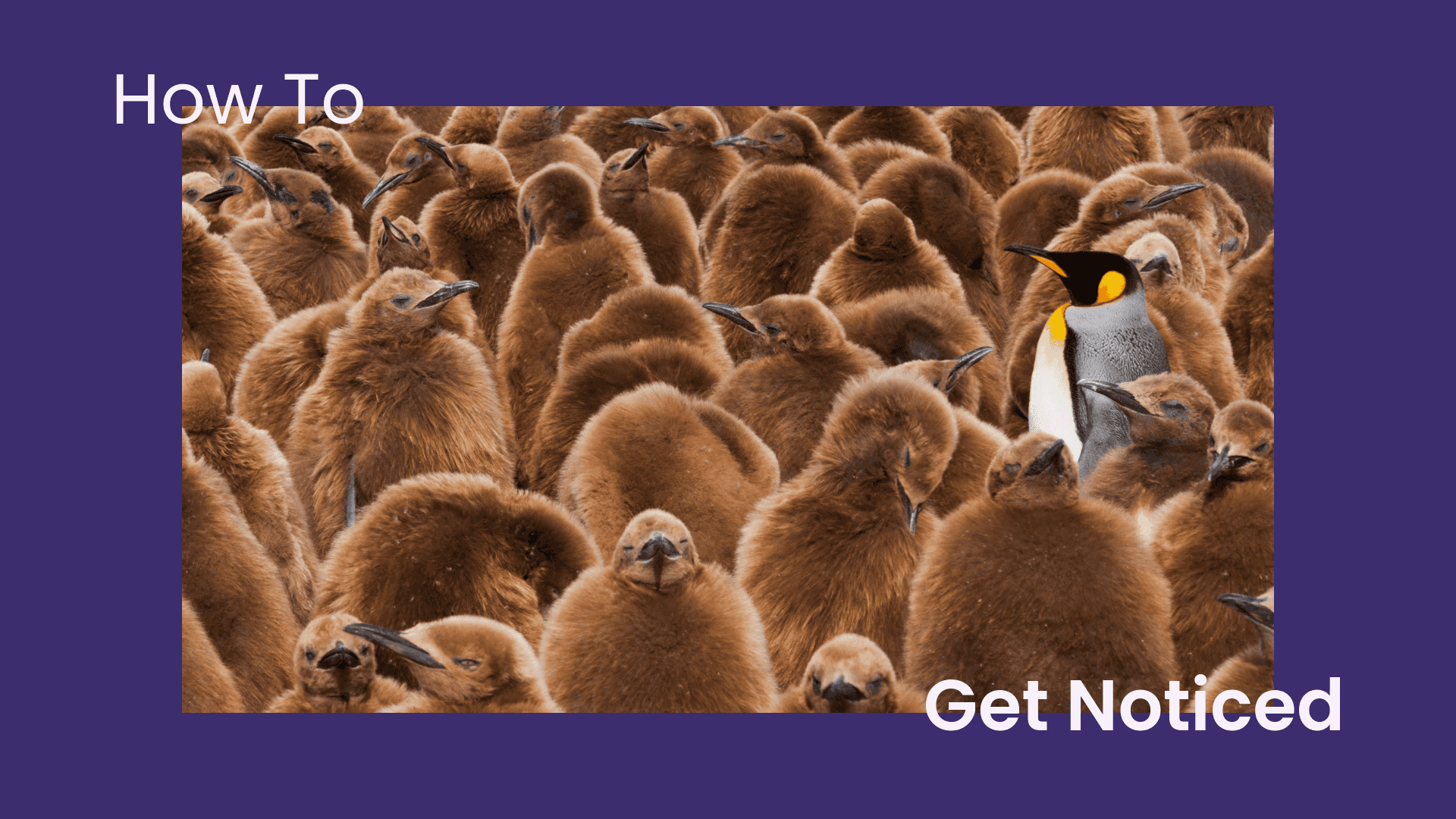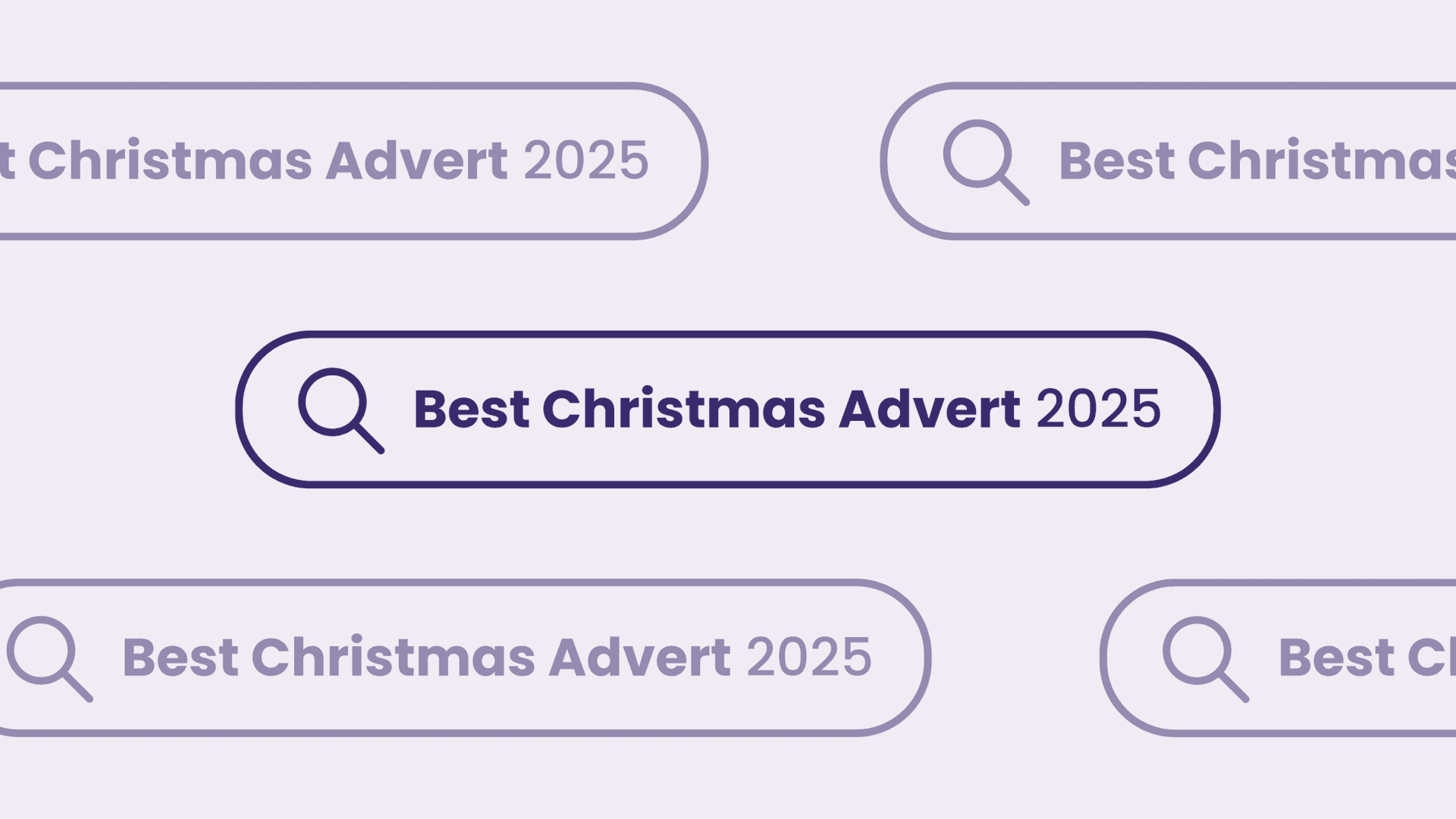
Paid Search Updates You Need to Know
Written by Ross
Inside our Paid Media Strategy Sessions
Our Paid Media team likes to stay ahead of the curve when it comes to updates within their field. We test and experiment with new updates to find different ways of working for our clients to achieve the best results. Here’s a summary of the insights we discussed in our most recent session.
What’s new in Paid Search?
Google is testing creator partnerships for YouTube Shorts ads
Google’s new feature, currently in beta, allows advertisers to discover and promote YouTube Shorts that feature their brand, leveraging user-generated content (UGC). From a survey that explored how consumers perceive brands that use traditional influencer content versus UGC, 86% stated that they are more likely to trust a brand that publishes UGC, compared to 12% who are more swayed by influencer content.
Once this feature has been enabled, advertisers can find the Shorts from creators that mention their brand or products under the ‘Tools’ section in the Google Ads interface. The introduction of this tool will help to provide more effective collaborations and potentially increase ad performance and reach, whilst aligning with the growing trend of authenticity in advertising strategies.
Bing pushes ad-heavy search results, with 7+ sponsored listings
Users have reported seeing search pages dominated by ads with minimal organic content. It seems that they are testing an aggressive new ad display format that dramatically reduces organic search visibility in favour of sponsored content.
There has been talk of search results with at least seven paid advertisements, leaving only one or two organic results visible on the first page. Similar to the SEO implications of AI overviews, this means organic SEO efforts will need to rank in podium positions to guarantee they’re displayed on the first page at all.
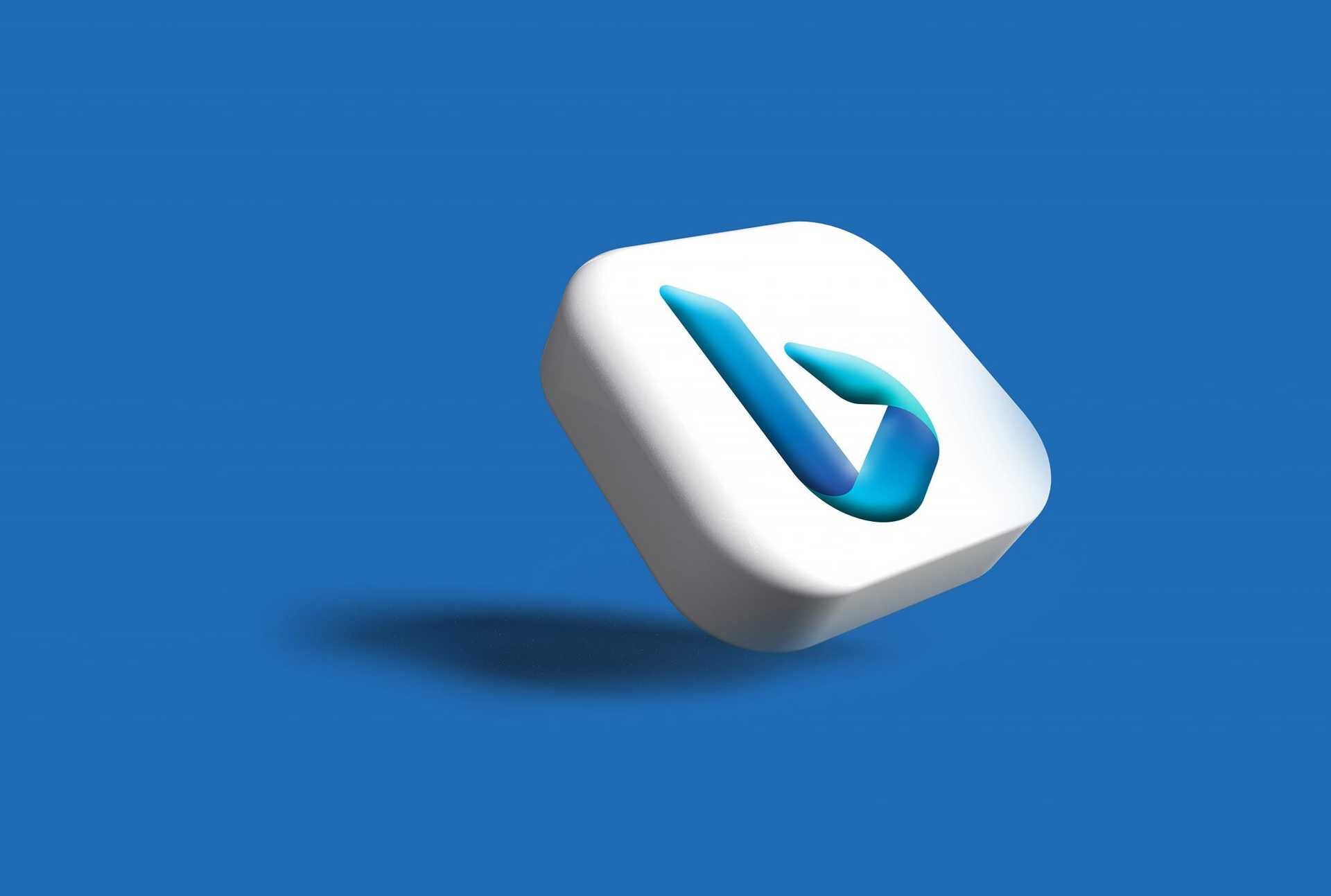
From a paid perspective, when Bing fills the top of their page with ads, although it may sound like increased opportunity, more brands are going to be fighting over landing one of the top-performing ad spots. This will create a more crowded auction and make it harder for you to stand out, unless your ad is exceptionally relevant, well-optimised, or backed by higher bids.
Not all ad slots are going to be equal, with the top two positions typically getting the most clicks. With 7+ ads on the page and limited organic results driving a higher investment in paid, there will be a race to grab those premium spots. Advertisers may start bidding higher just to secure those spots, ultimately driving up the overall cost-per-click (CPC).
More Control with Google’s Demand Gen Campaigns
First announced in January, Google Ads has begun to roll out channel control for select Demand Gen campaigns. This feature will let you specify where your ads appear across Google’s properties (e.g., YouTube, Discover, and Gmail). However, segmentation by individual channels isn’t fully available yet, limiting your ability to make informed adjustments from campaign data.
This will allow for paid campaigns to have more control over campaign placement, but there are no implications to campaign performance just yet, as the data for this is still grouped under ‘Google-owned channels.’
Google expands Message asset to Performance Max
Google is expanding engagement capabilities, adding Message assets to Performance Max campaigns, alongside those already available in Search campaigns. This feature means that users can start conversations with businesses directly from ads to increase engagement. For advertisers, this provides an additional way to connect with possible customers directly, with chat-based interactions, which could positively influence conversion rates.
This is an exciting addition for brands who want to connect with their consumers in real-time, and we expect further integration of conversational formats to be introduced as Google continues to refine its AI-driven ad experiences.
New Shopping Feature: Price at Checkout
Google has begun to show the Price at Checkout for paid and organic shopping listings – to increase transparency and help shoppers avoid unexpected price changes.
Sellers who change their prices at checkout risk suspension from Google Shopping, but this new feature provides an added layer of clarity. 83% of consumers make price comparisons when shopping online, so this new feature could help searchers make more informed decisions quickly, without an unexpected price change.
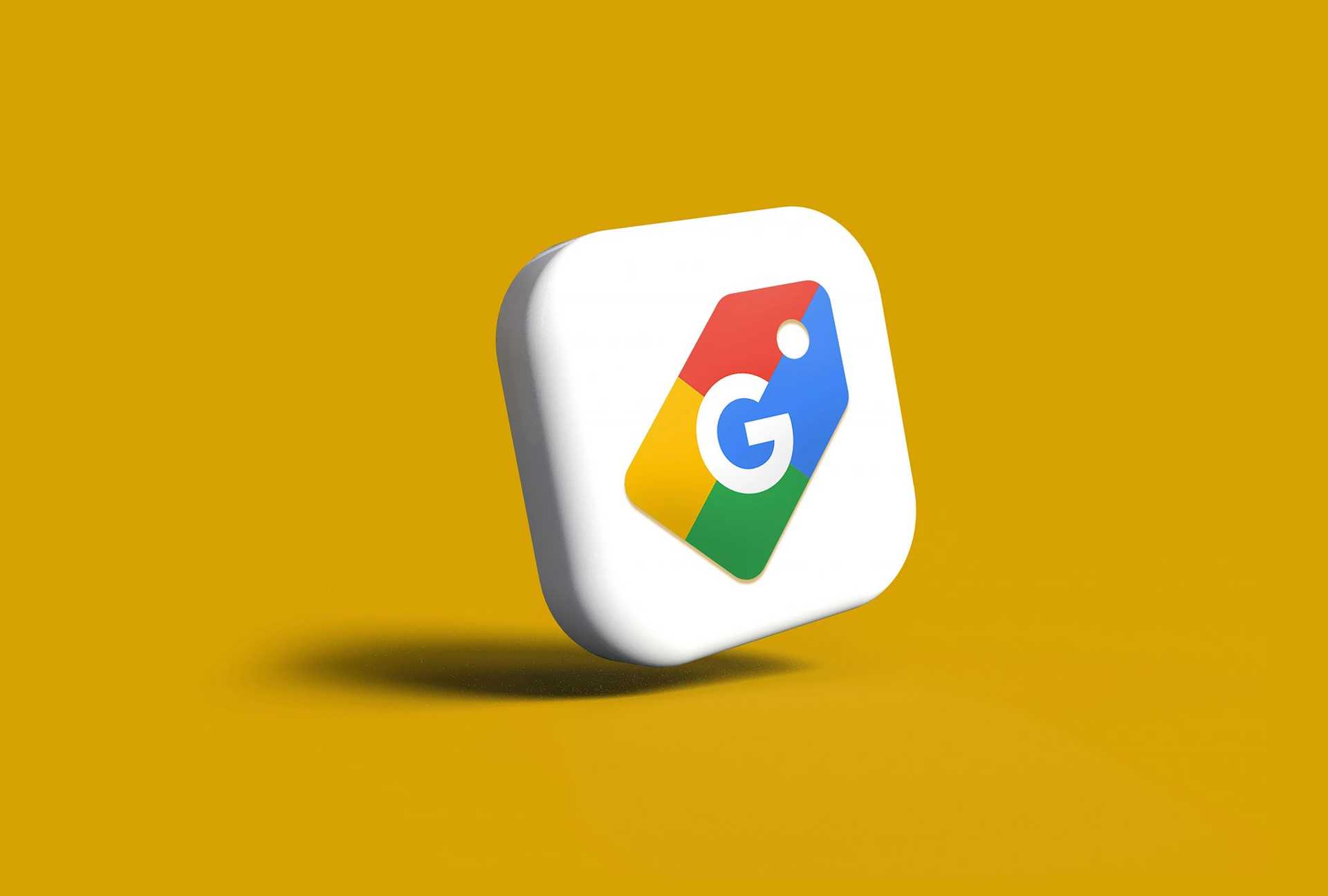
Google’s Search Max is in its early beta phase
Search Max has been spotted in some users’ accounts and is a keywordless search technology, similar to Dynamic Search Ads (DSA), that allows advertisers to reach relevant queries without the need for predefined keywords. It automatically generates unique headlines tailored to match users’ search terms, enhancing ad relevance and engagement. This feature is activated at the campaign level within the settings.
This is part of Google’s push to automate and simplify paid search, but that doesn’t mean it’s all positive. With the speed and scalability gained, there is still the loss of granular control on the ads you’re running. While Search Max may be useful for broader reach or testing, it’s not a one-size-fits-all solution.
Wrapping Up
From embracing creator-driven content to increased transparency in users’ shopping experience, it’s clear the paid media world is evolving quickly. We’re here to stay ahead of the curve and help our clients achieve great results through smart, adaptive strategies.

